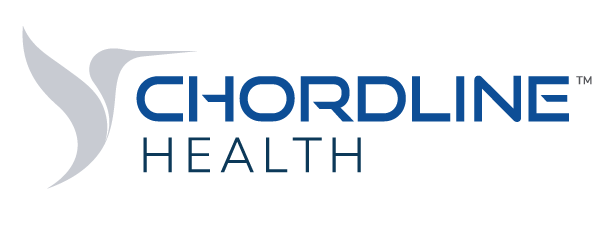Decreasing Prior Authorization Response Times Depends on a Data-Driven Approach
Headlines involving prior authorization have been plentiful lately, and usually not for the best of reasons. As the industry at large — and providers in particular — continues to reel from the financial disruption of the Change Healthcare cyberattack, many are seeking relief around prior authorizations and utilization management to keep claims payments moving.
Well before the attack, more than 90% of physicians reported delays in care for their patients because of prior authorization processes. Moreover, many states are responding to complaints from physicians and patients around what appears to be a rise in denials of coverage.
Simultaneously, some health plans have recently come under scrutiny for their reliance on artificial intelligence (AI) solutions to process prior authorization decisions.
Understandably, many in the healthcare industry argue that the prior authorization process is broken, with the Centers for Medicare & Medicaid Services finalizing a plan in January to establish some guardrails around this process. Nevertheless, prior authorization remains a primary mechanism for payers to manage costs and reduce low-value or inappropriate care.
So how should payers respond? Faced with pressure to decrease prior authorization response times, health plans may want to consider taking a data-driven approach. By integrating data analytics with prior authorization workflows, payers can streamline processes and improve decision-making, leading to better outcomes for patients and better relationships between payers and providers.
Streamlining processes. By implementing automation through data-driven systems, payers can expedite manual processes that can be time-consuming and error prone. A McKinsey & Company analysis suggests that AI-enabled prior authorization can automate 50% to 75% of manual tasks, boosting efficiency, reducing costs and freeing clinicians to focus on complex cases and actual care delivery and coordination.
With a managed care and population health management solution, health plans can effortlessly oversee appeals and grievances for authorizations, providers, cases, claims and more through comprehensive tracking, timely notifications and auto tasking while ensuring compliance with all regulatory requirements.
Improving decision-making. Although insurers have long used predictive analytics to perform a range of tasks, massive electronic health record datasets can now fuel algorithm training at an unprecedented scale, resulting in more accurate predictions.
With data-driven decision-support systems, providers can analyze historical data on prior authorization requests and develop models to anticipate which requests are more likely to be approved, allowing them to prioritize those. Such tools also enable users to go beyond simple preauthorization approvals and denials with an auditable activity trail that shows who accessed records, authorized treatments or approved authorizations.
Data-driven approaches can also facilitate collaboration between healthcare providers and payers and real-time monitoring of prior authorization requests, enabling proactive intervention if there are delays or issues, ensuring timely resolution and reducing response times.
Sharing data on prior authorization trends and outcomes can also help identify areas for improvement and promote mutual understanding, leading to faster responses and fewer denials. Some argue that building real-time communication capabilities between providers and payers could, perhaps, begin to shift the often-adversarial relationship between plans and providers.
Contact us to learn more about data-driven approaches to prior authorization.
